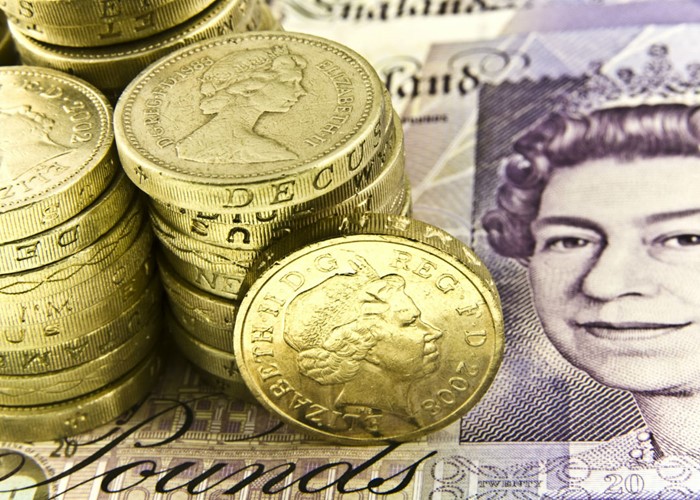Beginner's guide to Exchange Traded Funds

ETFs offer a different investment opportunity from their index tracker fund counterparts.
Exchange Traded Funds (ETFs) are listed on the stock market like shares. Each share you buy in an ETF owns a small part of the index it's tracking. So if you buy a share in a FTSE 100 ETF, for example, it holds tiny shares of each of the UK’s biggest companies.
One feature of ETFs is that you can trade them very quickly during stock market hours. We’ve deliberately used the word ‘feature’ and not ‘benefit’. For most of us, the best thing we can do is not take advantage of that feature, as the costs can soon mount up.
This also means their price fluctuates throughout the day, just like shares, but unlike index trackers, whose prices only change once each day.
Lots of choices
Like index trackers, ETFs can track specific stock market indices. For example, the iShares FTSE 100 ETFs tries to replicate the FTSE 100 index. But they offer a far greater variety of indices than their index tracker counterparts.
You can also invest in bonds, commodities, ‘leveraged’ funds, which aim to return a multiple of the index they're tracking, and ‘short’ funds. But some of these are much higher risk and you must really know what you’re doing before you invest. In this guide, we're only focusing on the simpler options.
Tracking error
Tracking error measures how closely the fund moves in line with the index it's tracking.
Let's say there are two funds that both track the FTSE All-Share index: Fund A and Fund B. Fund A's tracking error is -0.5% while Fund B's tracking error is -1%. That means Fund A grew by 0.5% less than the index while Fund B grew by 1% less.
You may be wondering why the performance of the two funds differ given that they're both tracking the same index. The difference will probably be explained by differences in the funds' 'tracking strategies'. Some funds buy all the companies in the underlying index while other funds will only buy a selection of the companies.
As a general rule, the funds with the lowest tracking error are the best, so Fund A is the one to go for – all other things being equal.
ETFs generally have a lower tracking error than index tracker funds.
How do I choose an ETF?
That depends in part on your attitude to risk and your feelings about the markets or sectors you want exposure to. As per the above section, you should look at the tracking error of the fund. You should also look at how liquid the ETF is, i.e. how quickly can you sell it if you need to. And cost will be a factor too, both in terms of the cost of the fund (the total expense ratio or TER) but also the cost of holding it.
ETFs can sometimes be a cheaper way to gain exposure to an index than an index tracker. However, you should be very aware of dealing charges, which means ETFs aren't suitable for dripfeeding money into, unlike index trackers.
You can, of course, look at past performance but be aware that it isn't a guarantee of future returns.
If you're investing for the first time, then an ETF that tracks a large index, for instance the FTSE All Share here in the UK or the S&P 500 in the US, is probably a good place to start. Be wary of exotic-sounding but probably very risky investments in markets on the other side of the world.
ETFs should ideally be part of a diversified portfolio that also includes cash and perhaps some exposure to bonds.
How to invest in an ETF
To invest in ETFs you can open a share-dealing account, a stocks & shares ISA, a self-invested personal pension (SIPP) via an investment platform, or you can buy via a stockbroker or an independent financial adviser.
Charges
Like index trackers, ETFs have an annual management cost. There may also be a cost for buying the fund initially, although if you buy via an investment platform this will likely be waived; instead you'll have to pay an annual fee to the platform.
Stamp Duty isn't payable on ETFs.
Platforms may also charge a range of other fees, such as exit fees, so make sure you read the small print before you sign on the dotted line. You can read more about these in our Beginner's guide to investment platforms.
More on investments:
Beginner's guide to stocks & shares ISAs
Beginner's guide to index tracker funds
Beginner's guide to managed funds
Comments
Be the first to comment
Do you want to comment on this article? You need to be signed in for this feature